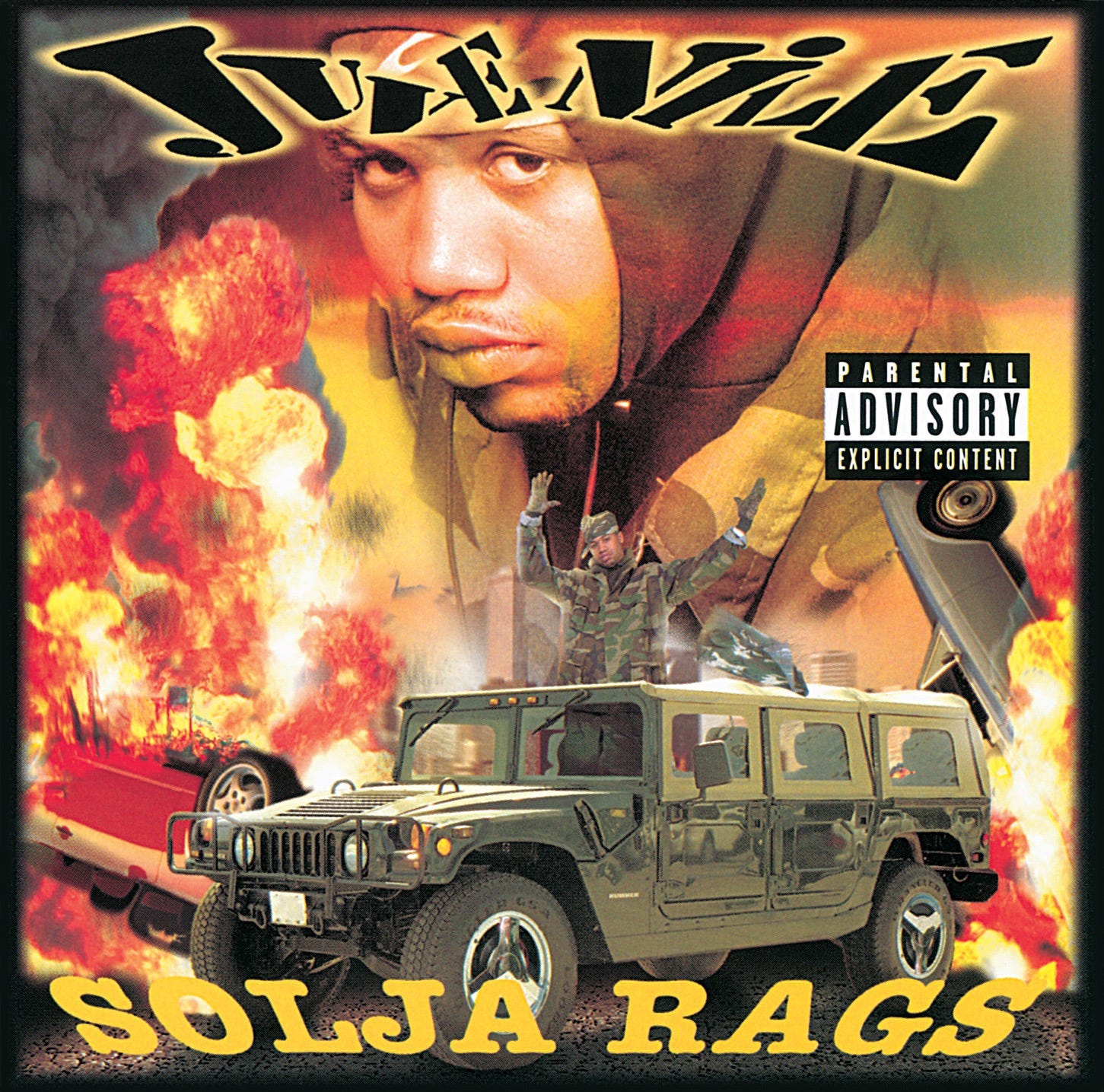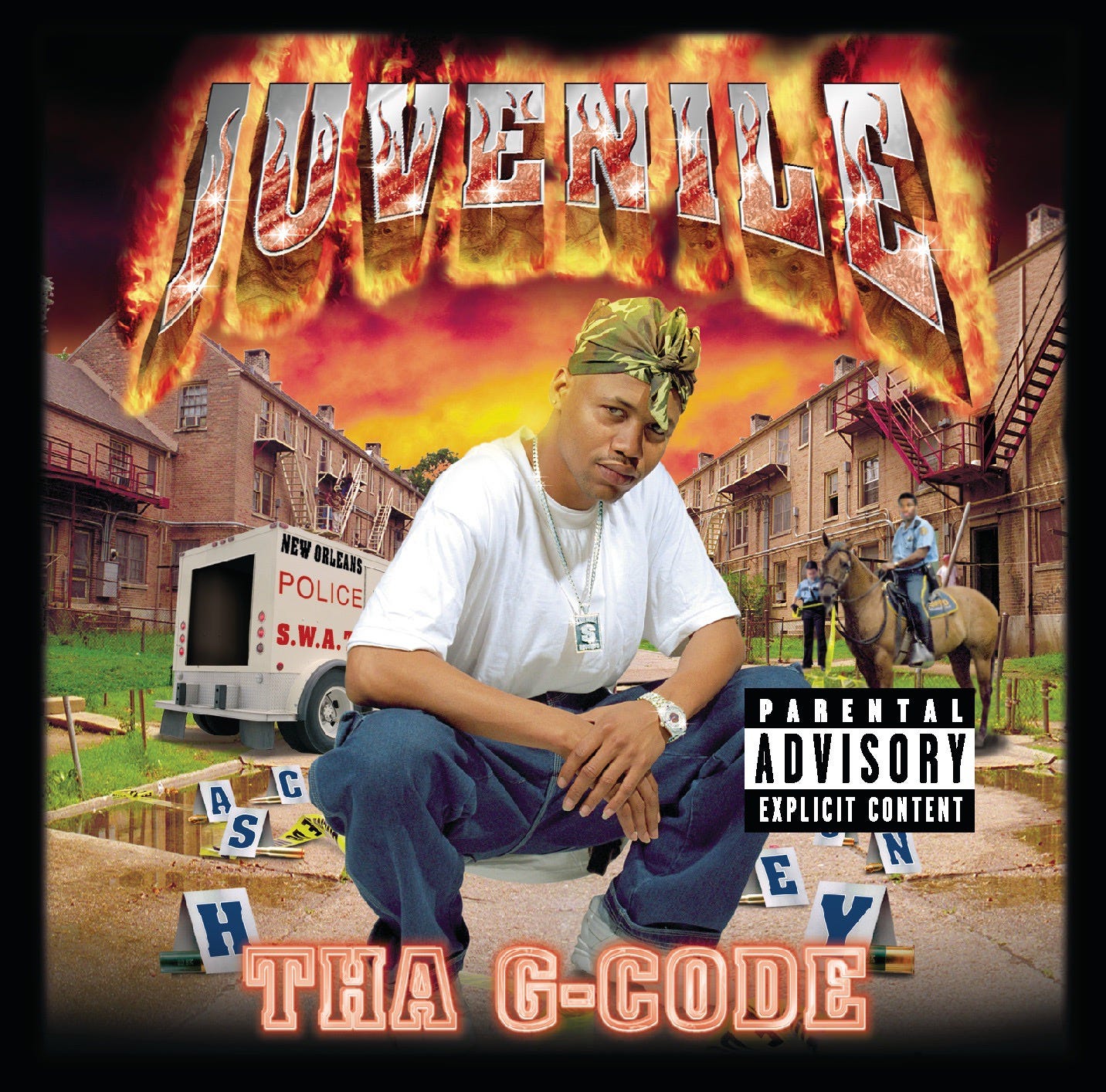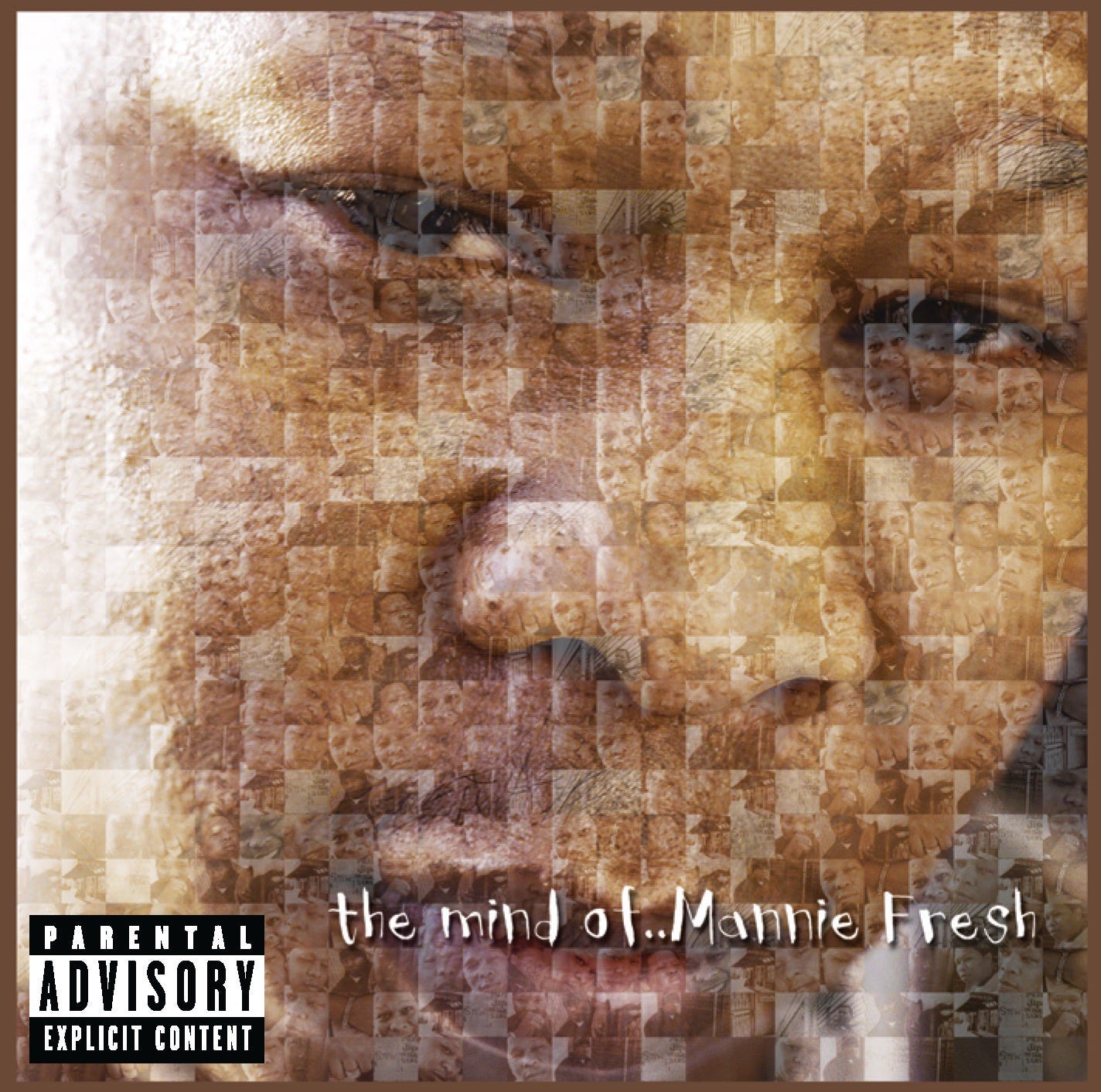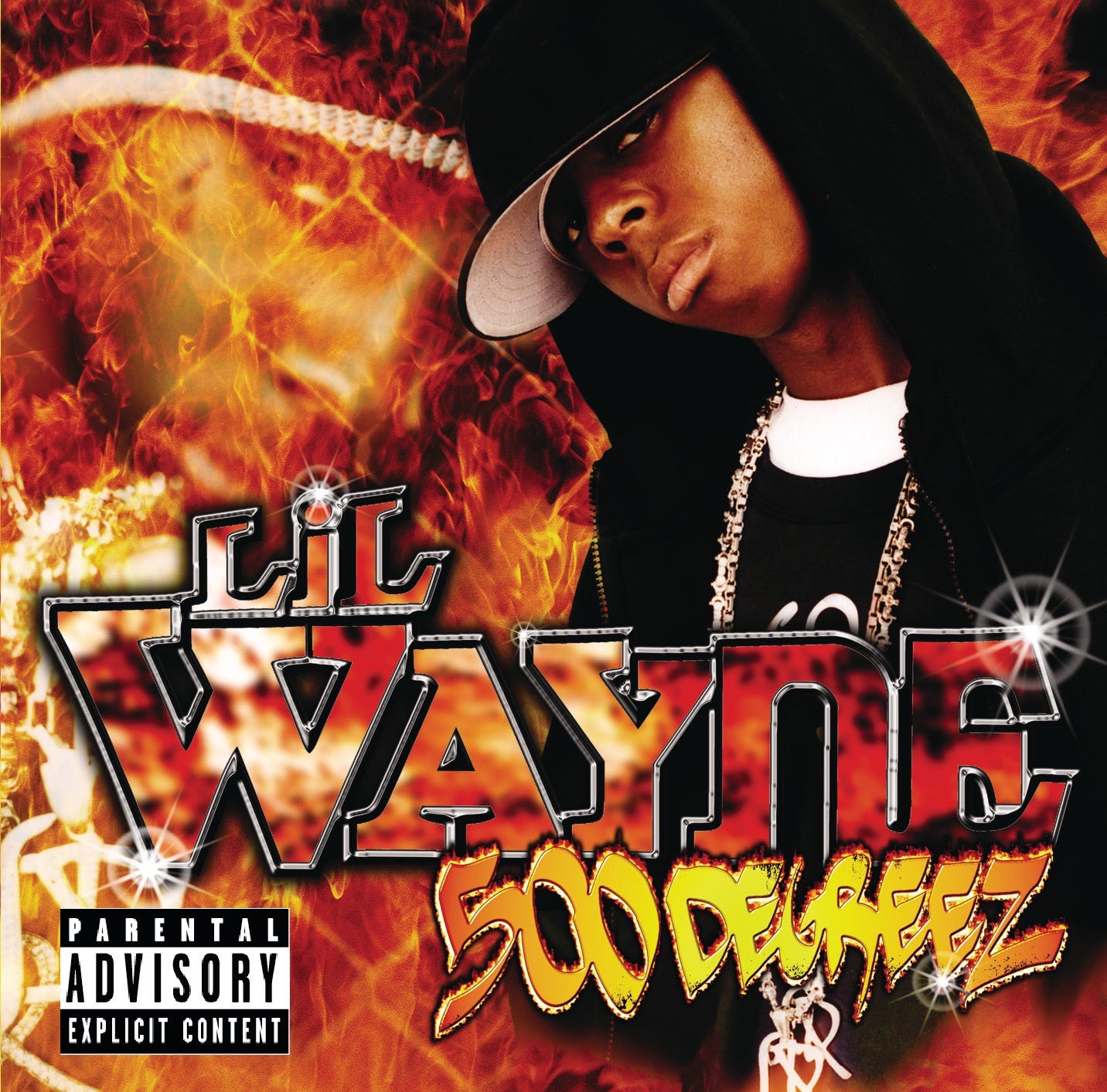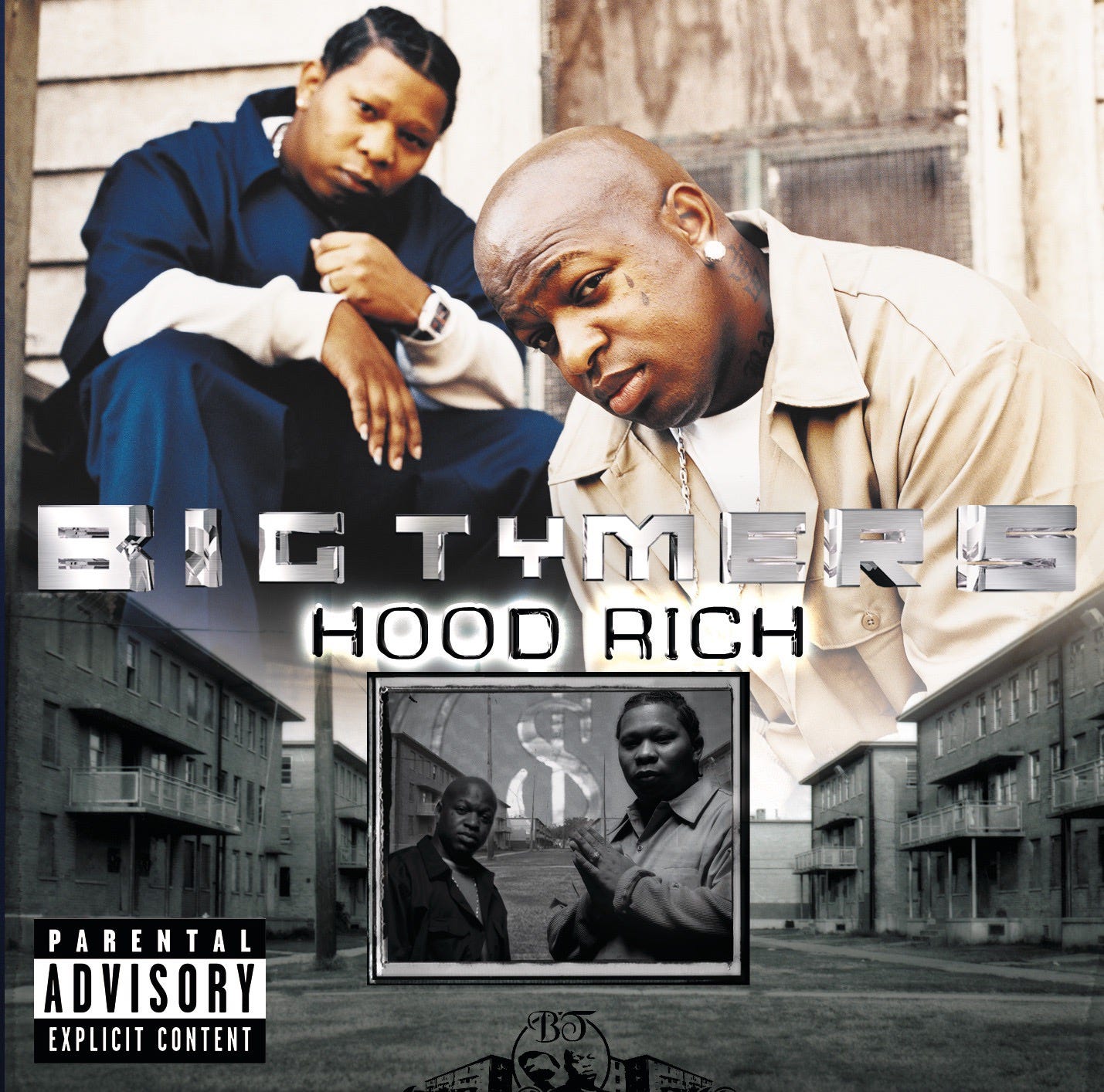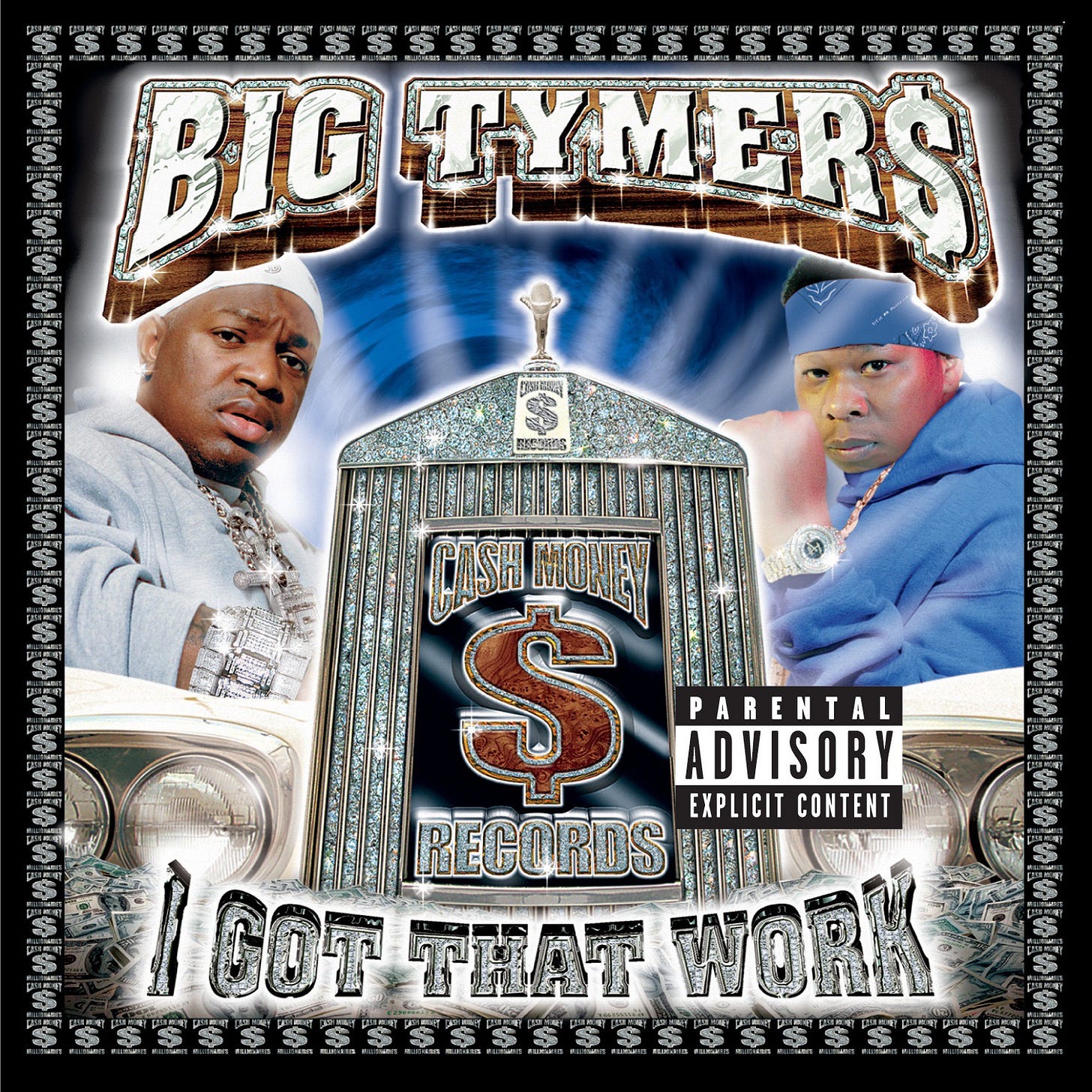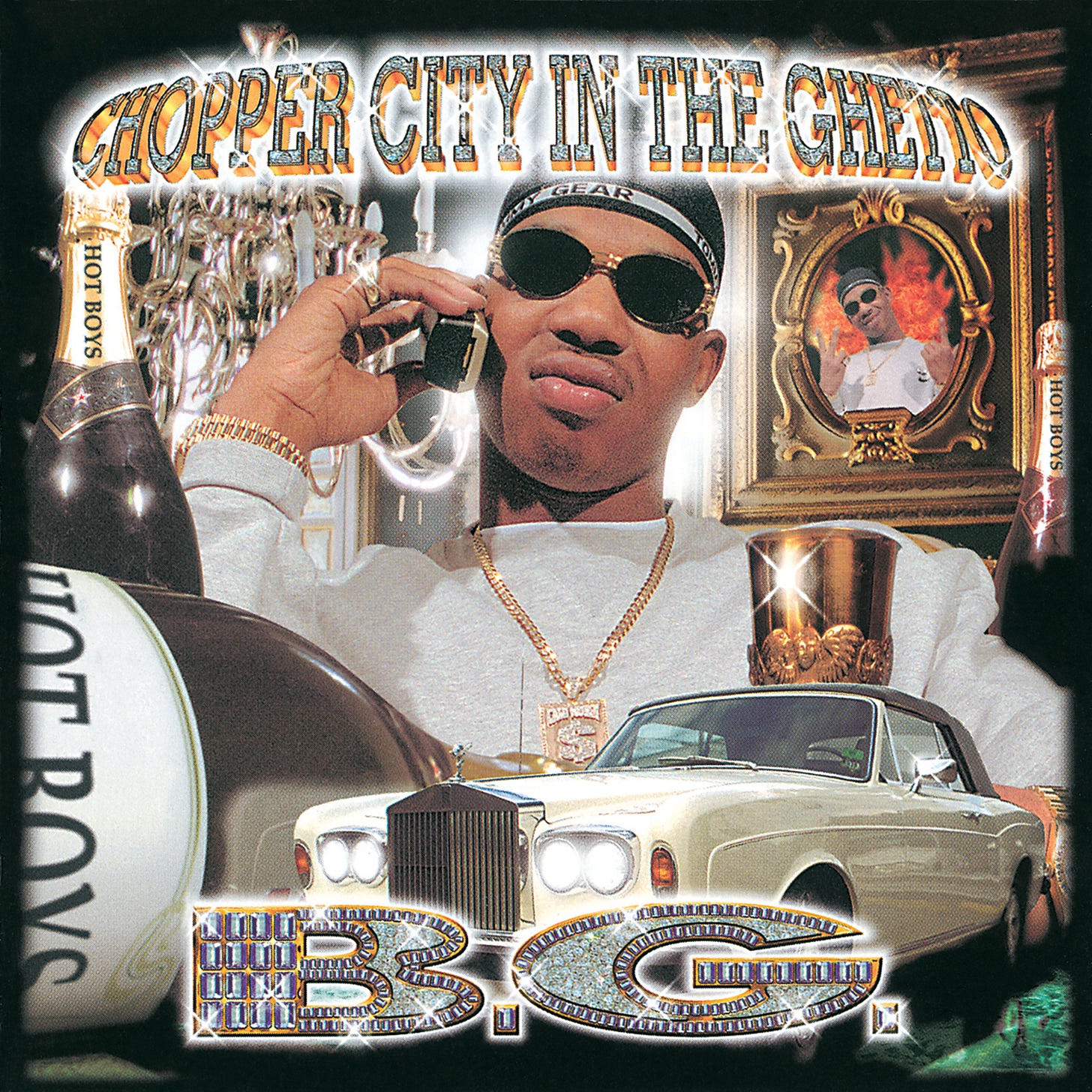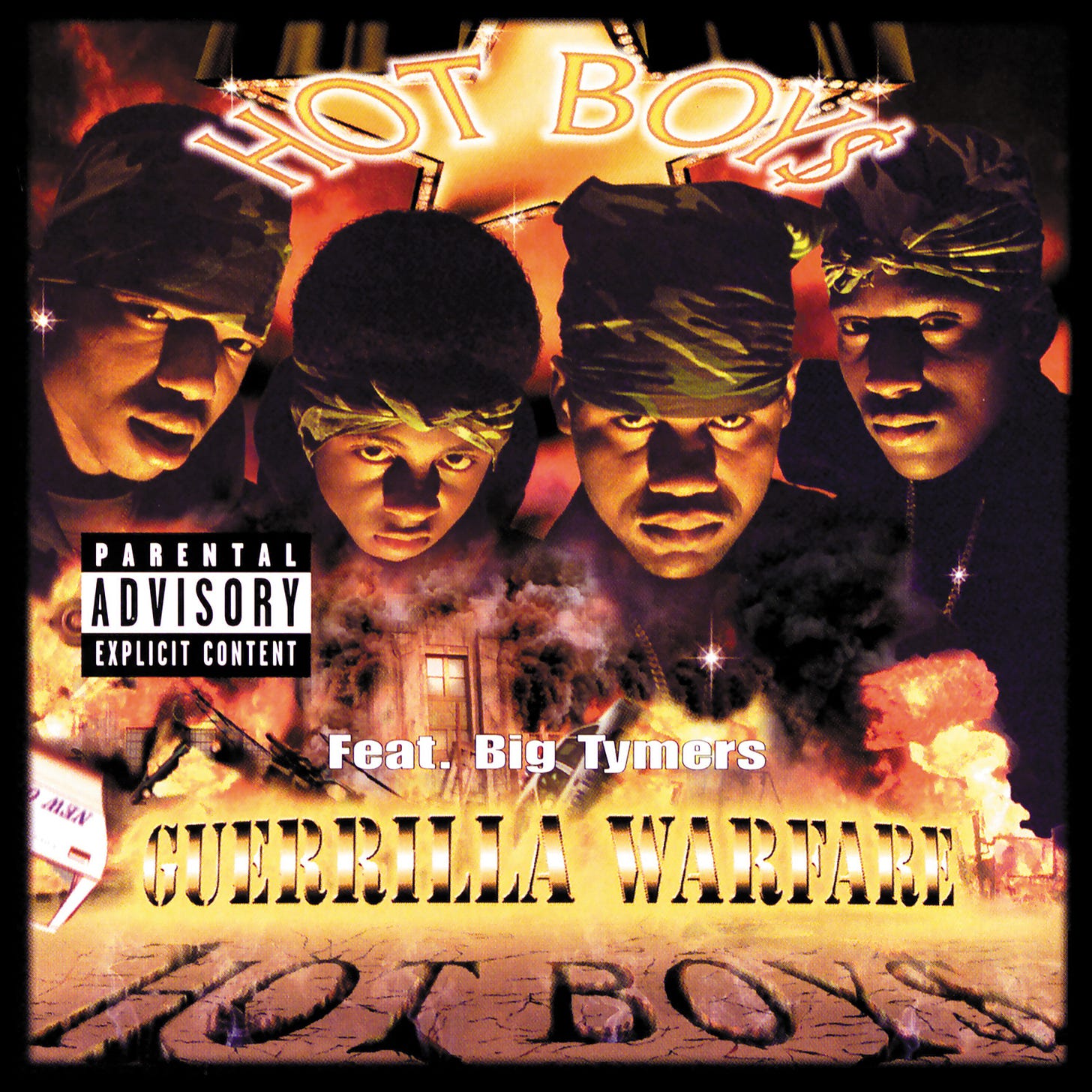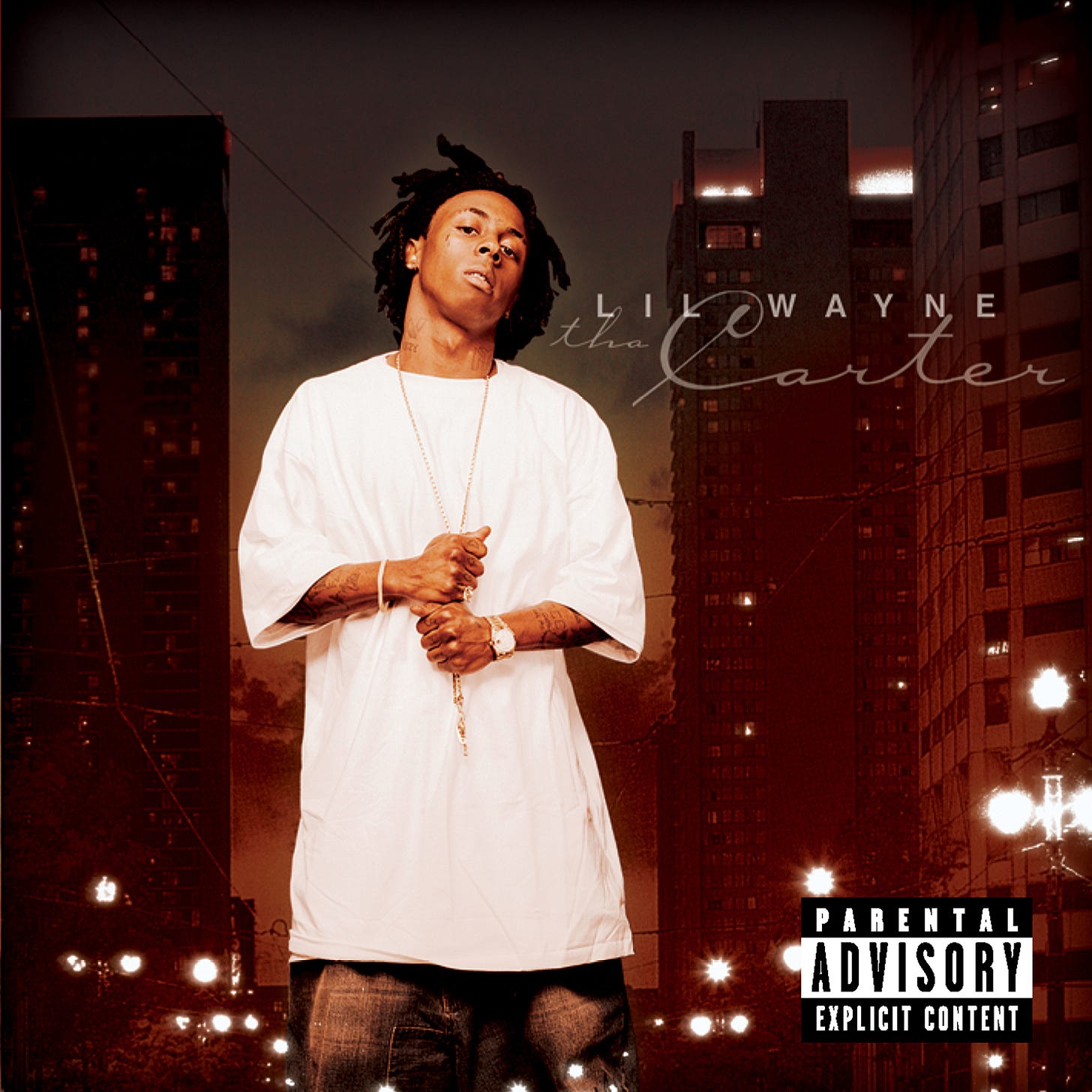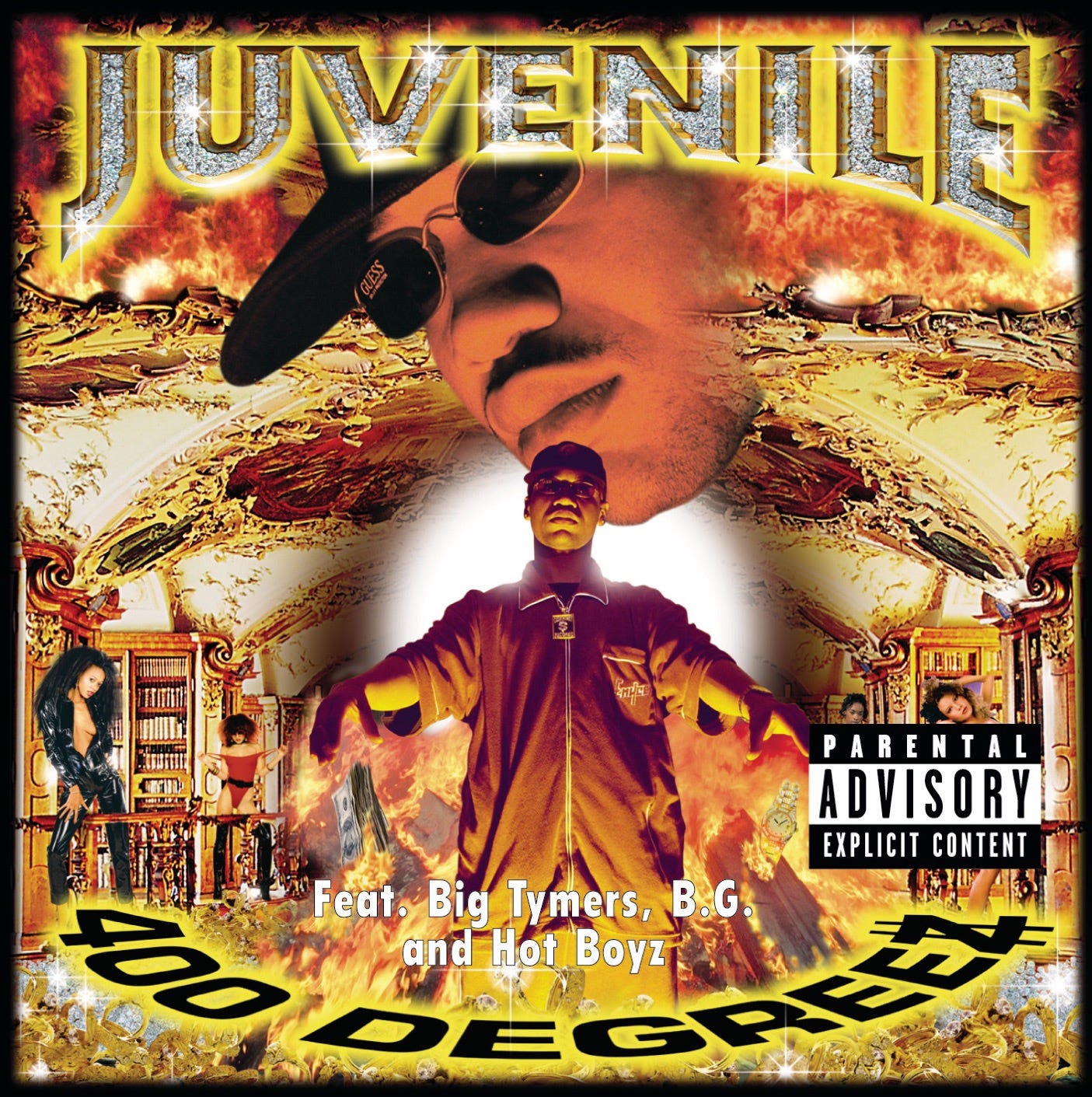The Ten Best Mannie Fresh‑Produced Albums, Ranked
Here is a ranked list of Mannie Fresh's ten best-produced albums—each entry linked to one of his projects, highlighting how his writing and musical choices shaped those records.
Mannie Fresh came up from the Seventh Ward of New Orleans as both a DJ-turned-producer and the in-house sonic architect for Cash Money Records. Born Byron Otto Thomas on March 20, 1969, he rose from house-party turntables into crafting the full-bodied frame behind Southern hip-hop’s late-90s explosion. In the years before his split from the label, he produced nearly all of Cash Money’s major releases—linking artists like Juvenile, Lil Wayne, B.G., and the duo Big Tymers with one consistent voice in beats and hooks. Before the VERZUZ battle between Cash Money and No Limit Records comes Saturday, here is a ranked list of his ten best-produced albums—each entry linked to one of his projects, highlighting how his writing and musical choices shaped those records.
10. Juvenile, Solja Rags
Juvenile’s second studio album marked his introduction to the Cash Money family and captures a young New Orleans rapper adjusting to a larger stage. The title track is built on the pride of a neighborhood soldier, and he rattles off street laws with the confidence of a veteran, weaving his accent into declarations of loyalty and distrust. Throughout the record, he bounces between swagger and storytelling; on “Solja Rag,” he salutes those who “roll with a soldier” and frames his growing fame as an extension of the block, while “Ziggly Wiggly” plays like a neighbourhood party with slangy boasts and a playful hook. Juvenile isn’t afraid to get introspective either, and “Livin’ in Tha Project” paints a humid picture of projects life where danger and celebration are inseparable. When Lil Wayne and Turk show up on “Hide Out or Ride Out,” the chemistry is apparent; their verses tumble into one another like cousins finishing each other’s sentences. This mixture of brashness, humour, and realism would become a defining voice for Cash Money, and Solja Rags feels like a writer coming into his own rather than a producer’s showcase.
9. Juvenile, Tha G‑Code
Returning after the huge success of 400 Degreez, Juvenile decided to write about the unwritten rules that shaped his life. There is a wary tone running through Tha G‑Code; he understands that recognition brings jealousy, and on the haunting “U Understand,” he repeats an incredulous question to people who act like they know his world. “I Got That Fire” follows with a chant about having the heat—both musical and literal—and his voice rides Mannie Fresh’s beat with patience, leaving space for threats and jokes. Even celebratory tracks such as “Flossin’ Season” are laced with cautionary lines about friends who talk too much; Juvenile warns listeners that the flashy lifestyle comes with enemies waiting for a misstep. The album’s best moments are when he balances boasting with codes of honour and survival; he offers glimpses into his upbringing without ever sounding like he’s lecturing. By the end, Tha G‑Code reads like a street handbook written by someone who knows the consequences of breaking the rules, proving Juvenile could evolve his writing without diluting the energy that made him famous.
8. Mannie Fresh, The Mind of Mannie Fresh
After years of being the architect behind Cash Money’s sound, Mannie Fresh stepped into the spotlight with a record that feels like a party inside his head. The Mind of Mannie Fresh is full of goofy skits, regional slang, and unfettered bragging, and the producer uses his debut single “Real Big” to make everything from cars to dreams sound oversized. His verses are laced with humor; one moment he boasts about an enormous mansion and the next he laughs at his own exaggerations, turning the song into a tall tale with a funk‑bass groove. Instead of relying on technical displays, Mannie leans into personality and invites collaborators like Lil Wayne and Baby to spar with him, trading lines about money, women, and designer clothes. He spends the album talking directly to listeners, reveling in the success he helped build for others, yet he never treats the microphone like a foreign object—his animated delivery shows that he has been practising these stories for years. The record isn’t meant to be moody. It’s a chance to let the beat maker’s playful side loose. By writing songs that are essentially extended boasts, jokes, and regional shout‑outs, Mannie Fresh reveals the character behind his signature bounce without needing to dissect the gear he used.
7. Lil Wayne, 500 Degreez
When Juvenile left Cash Money, a teenage Lil Wayne took the departure as a challenge and responded with an album named as an escalation of 400 Degreez. 500 Degreez finds Wayne testing how far his punchlines and metaphors can stretch, and he spends much of the record asserting his place as the label’s future. On the only single “Way of Life,” he and the Big Tymers rap about living lavish, with the hook floating over a sample of “Don’t Look Any Further,” and Wayne’s verses jump between bragging about jewellery and assuring fans he won’t change. He balances that opulence with moments of loyalty, and in “Where You At,” featuring TQ, he turns a radio‑friendly hook into a check‑in with partners hustling in different cities. Elsewhere, he freestyles about everything from cars to neighborhood codes, showing flashes of the surreal wordplay that would later become his trademark. There is an urgency to his delivery as if he knows his youth is a selling point, but his storytelling and voice need to mature quickly; he finds pockets in the beats and bends words to fit his cadence. 500 Degreez is uneven and daring, and its energy lies in a young rapper trying to outdo his mentor’s benchmark while building his own mythology.
6. Big Tymers, Hood Rich
By the time Big Tymers released Hood Rich, they were no longer sidekicks. They were headliners with the confidence to turn working‑class absurdity into an anthem. The album’s centerpiece, “Still Fly,” combines Mannie Fresh’s cartoonish delivery with Baby’s gravelly drawl as they brag about expensive suits and alligator boots while admitting they have trouble paying rent. The phrase “hood rich” comes to life as they celebrate looking fresh, even when finances are shaky. That tension runs throughout the record; songs about buying jewellery and spinning rims sit next to tales of making money stretch and laughing at their own spending habits. Mannie peppers the verses with jokes about his teeth shining and his car’s paint job, while Baby anchors them with repeated declarations that he’s untouchable. Even when guests pop up, the duo’s chemistry stays intact because their banter feels like friends trading stories rather than polished performances. Hood Rich doesn’t attempt introspection—its pleasure is in the way it makes extravagance sound accessible and fun. The production is as playful as the lyrics, filled with whistles, bass knocks, and hooks designed to be yelled in unison. Without dwelling on technique, the album captures a moment when Cash Money could turn everyday hustle into a joyful, communal event.
5. Big Tymers, I Got That Work
On I Got That Work, the Big Tymers perfected their blend of comedy and boasting, making a record that feels like a series of tall tales told over roaring engines. The singles “Get Your Roll On” and “#1 Stunna” set the tone; the former is a rolling anthem about cars and parties, and the latter features Lil Wayne and Juvenile trading verses about being the flashiest men alive. Mannie Fresh and Baby lean into caricature, comparing themselves to movie gangsters and cartoon villains, but they also share genuine chemistry, finishing each other’s rhymes and laughing mid‑verse. Deeper cuts find them inventing slang and bragging about everything from chrome wheels to custom motorcycles; the subject matter never shifts away from stunting, yet the album never feels monotonous because their voices and punchlines keep evolving. When Juvenile and Wayne appear, they add contrast—Juvenile’s drawl grounds the braggadocio while Wayne’s youthful energy challenges the veterans to step up. The beats are energetic and built for driving, and the hooks invite us to sing along. At its core, I Got That Work captures a duo reveling in their success and sharing it with their friends, turning everyday indulgences into myth without once checking the rear‑view mirror.
4. B.G., Chopper City in the Ghetto
B.G. was always the most gravel‑voiced member of the Cash Money roster. So with his breakout, Chopper City in the Ghetto, he uses that rasp to deliver some of his most memorable writing. The album’s runaway hit “Bling Bling” introduced a phrase that would take over pop culture; in the song, B.G. and his crew turn the onomatopoeic sound of jewellery shining into a noun, a verb, and a lifestyle. The rapper’s verses are filled with references to shining watches, diamond‑studded teeth, and luxury cars, but he also acknowledges that such wealth comes from risky hustles. He offers grim snapshots of poverty and violence in New Orleans; songs like “Cash Money Is An Army” sound like recruitment anthems for his block as he raps about loyalty to friends who stand by him when money is low. The contrast between the glamorous hook of “Bling Bling” and the desperate scenes painted in other tracks gives the record a tension that feels honest. B.G.’s storytelling is straightforward—he describes what he sees and how it affects him, neither glorifying nor regretting his choices. That lack of romanticism makes Chopper City in the Ghetto feel like a documentary set to music, where even the catchiest hook can’t entirely mask the struggle behind it.
3. Hot Boys, Guerrilla Warfare
After introducing themselves on Get It How U Live!, the Hot Boys returned with Guerrilla Warfare, a record that solidified their collective identity by letting each member shine. The single “We on Fire” cements their chemistry. The song is structured around rapid‑fire questions and the repeated phrase “what kind of nigga,” and each rapper uses the formula to describe his temperament and habits. Juvenile attacks the beat with a growl, B.G. lays out his street credentials, Turk plays the joker, and a teenage Lil Wayne closes with nimble internal rhymes. They are not merely listing traits; they’re building a composite picture of New Orleans youth who know that surviving feels like warfare. Another standout, “I Need a Hot Girl,” features B.G., Wayne, and Turk outlining what they look for in a partner while Juvenile sits out the song. Their verses veer from explicit fantasies to jokes about women who can cook and shoot, and the playful tone shows a different side of the group. Throughout the album, the rappers take turns spotlighting their strengths—Juvenile’s charisma, B.G.’s gruff realism, Turk’s energetic ad‑libs, and Wayne’s emerging lyrical flair—and Mannie Fresh ties it together with hooks designed to be shouted in unison. Guerrilla Warfare reads like four friends daring each other to go further, and that competition results in some of the most quotable writing in Cash Money’s catalogue.
2. Lil Wayne, Tha Carter
When Lil Wayne released Tha Carter, he was no longer the precocious kid of the Hot Boys but an artist determined to prove he could stand alone. The album opens with a confidence that feels earned; across nearly every track, Wayne adjusts his flow, sometimes stretching syllables until they melt and other times packing internal rhymes into tight bursts. The breakout single “Go DJ” became his first mainstream hit, and its chant is as much a salute to his longtime collaborator DJ Mannie Fresh as it is a command for partygoers to dance. “This Is the Carter” functions as a mission statement, with Wayne introducing his crew and outlining a dynasty that will replace fading stars. He addresses the departure of former label mates on “I Miss My Dawgs,” where his voice softens to recall friends who left Cash Money and his promises to keep their names alive. The album also contains “BM J.R.” in which he channels B.G.’s cadence and uses triple‑rhyme schemes to show respect to his influences while carving his own lane. With Tha Carter, Wayne mixes punchlines about luxury and sex with reflections on death, loyalty, and ambition. His command of rhythm and phrasing suggests a writer who has practised every bar until it fits perfectly without ever sounding calculated.
1. Juvenile, 400 Degreez
You knew this album would claim the top spot. Juvenile’s breakout album remains the definitive showcase of Mannie Fresh’s partnership with the New Orleans rapper and the moment that Cash Money crossed into mainstream consciousness. The record’s first hit, “Ha,” uses a call‑and‑response technique where each line ends with the word “ha,” creating a hypnotic chant that mirrors the admonitions and observations Juvenile spits. He scolds hustlers for getting caught, teases men who can’t control their girlfriends, and celebrates those who live on their own terms; the repetition turns the song into a conversation with the entire neighbourhood. Later, “Back That Azz Up” continues to make the ladies twerk on the dance floor with a bounce beat that took the local sound national and turned Juvenile’s playful instructions into one of hip‑hop’s most enduring party songs. Between these hits, he uses tracks like “Ghetto Children” to speak to kids growing up in poverty and “Rich Niggaz” to warn about the price of fast money, switching effortlessly between empathy and bravado. His voice is raw yet melodic, and his regional slang and rhythm feel like a living document of late‑nineties New Orleans. 400 Degreez sold millions of copies and cemented Juvenile as a star, but its lasting power comes from the way it turns everyday observations into memorable hooks. Rather than leaning on complex structure or polished crooning, Juvenile relies on charisma and storytelling, making the album feel as immediate today as it did when it first brought bounce music to the world.


